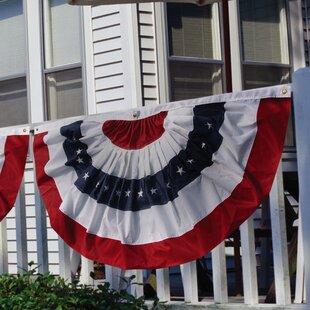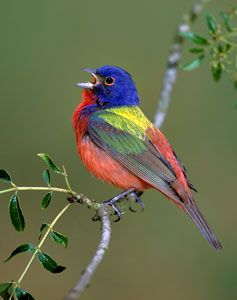 In February 2022, I went to New Orleans to record a song for the AMC series "Interview With a Vampire." The film set was in the French Quarter, in the courtyard of a historic home formerly belonging to General Beauregard. I was not allowed to take photos, so here is an image from the internet: I spent many hours on the set and it was made clear to me that I had to be quiet. The production people would call out "Quiet on the set!" every time they were about to film a scene, which was pretty often. I did not want to find out what happened if you were noisy on the set. At one point, I heard faint drums and brass in the distance. Before I knew it, a small second line was marching down the street, right in front of the house. Needless to say, there was loudness on the set. But the filming did not stop for a moment. They just carried on as if everything was normal. So why were they were so insistent on having quiet on the set? If a brass band doesn't disrupt the filming, does one really need to be quiet on the set? And that reminds me, do you really need to turn off your cell phone on an airplane? I'm afraid I cannot answer these questions, I'm just a piano player. What I can do is pianistically recreate the experience of a marching band passing by. In fact, this was a common thing back in the early 1900s. There was a popular kind of march called a "patrol" that would start out quiet as a whisper, grow to a fortissimo by the middle of the piece, and as it neared the end, the music would return to a whisper and fade away. The point was to recreate the experience of a marching band passing by. Here is my pianistic re-creation of a New Orleans second line. A patrol, if you will. I present to you the New Orleans classic - "South Rampart Street Parade." Quiet on the set!
0 Comments
First of all, according to the dictionary, Nonpareil is pronounced "non-pa-REL" (if you're American) and "non-pa-RAIL" (if you're British). It means "unrivaled" or "peerless" or as the sheet music below defines it -- "none to equal." A nonpareil is also a kind of candy and a kind of caper. Do not confuse the two, or you might end up with Chicken Piccata smothered in chocolate. A few years ago I podcasted about Scott Joplin's "Nonpareil" and the meaning of the word, but just now, upon seeing the Collins Dictionary definition, I realize I had missed yet another definition. Apparently, a nonpareil can also be a "painted bunting." Which is a kind of bird. Here is the male Nonpareil: And here is the original sheet music cover: That's a bunting alright...But not a nonpareil bunting. They got their buntings mixed up! Here's my theory on how this sheet music ended up with a flag-bunting on the cover: First: Joplin composed his rag and named it "The Nonpareil," but he did not intend it to be about buntings of any kind. Joplin surely used "nonpareil" as a superlative. In "King of Ragtime: Scott Joplin and his Era," Edward A. Berlin points out that other musicians in Joplin's orbit were billing themselves as "nonpareil." Surely they were not calling themselves buntings. They were touting themselves as "none-to-equal." After Joplin submitted his Nonpareil (the rag) to the Stark Music Publishing Company, it was somebody's job to decide what to put on the sheet music cover. Somebody looked up "Nonpareil" in the dictionary, saw the "none-to-equal" and "bunting" definitions and decided to acknowledge both in the cover art. They put an American flag bunting on there, not realizing that the dictionary was referring to the bird bunting. Whoops! But it worked out fine. The scene on the cover, with Uncle Sam holding up the bunting, implies that the USA (and its flag) are none-to-equal. Clever! And a nice patriotic sentiment. It has nothing to do with a Nonpareil bunting, (which is a bird) and isn't what Joplin had in mind (which was neither a flag nor a bird), but hey, it still works. So that's my theory on how a bunting - but not a Nonpareil bunting - ended up on the sheet music cover. Behold, two types of buntings, but only one is a nonpareil: Now let's talk about the music, shall we? I love Joplin's "Nonpareil." I suspect that Joplin had a large ensemble in mind when he composed this. I say this because the second section (at 0:50 in the video below) has a wonderful left-hand melodic line that screams trombone section. I take the liberty of doubling the octaves to really bring out those trombones. Get out the bunting of your choice and tap your foot to "The Nonpareil:" I’m bringing back the blog! I just have so much to say about ragtime music. I can't hold it in any longer!
|
Ethan UslanMusic, stories and thoughts from an old-time piano player. Archives
May 2023
Categories |




 RSS Feed
RSS Feed